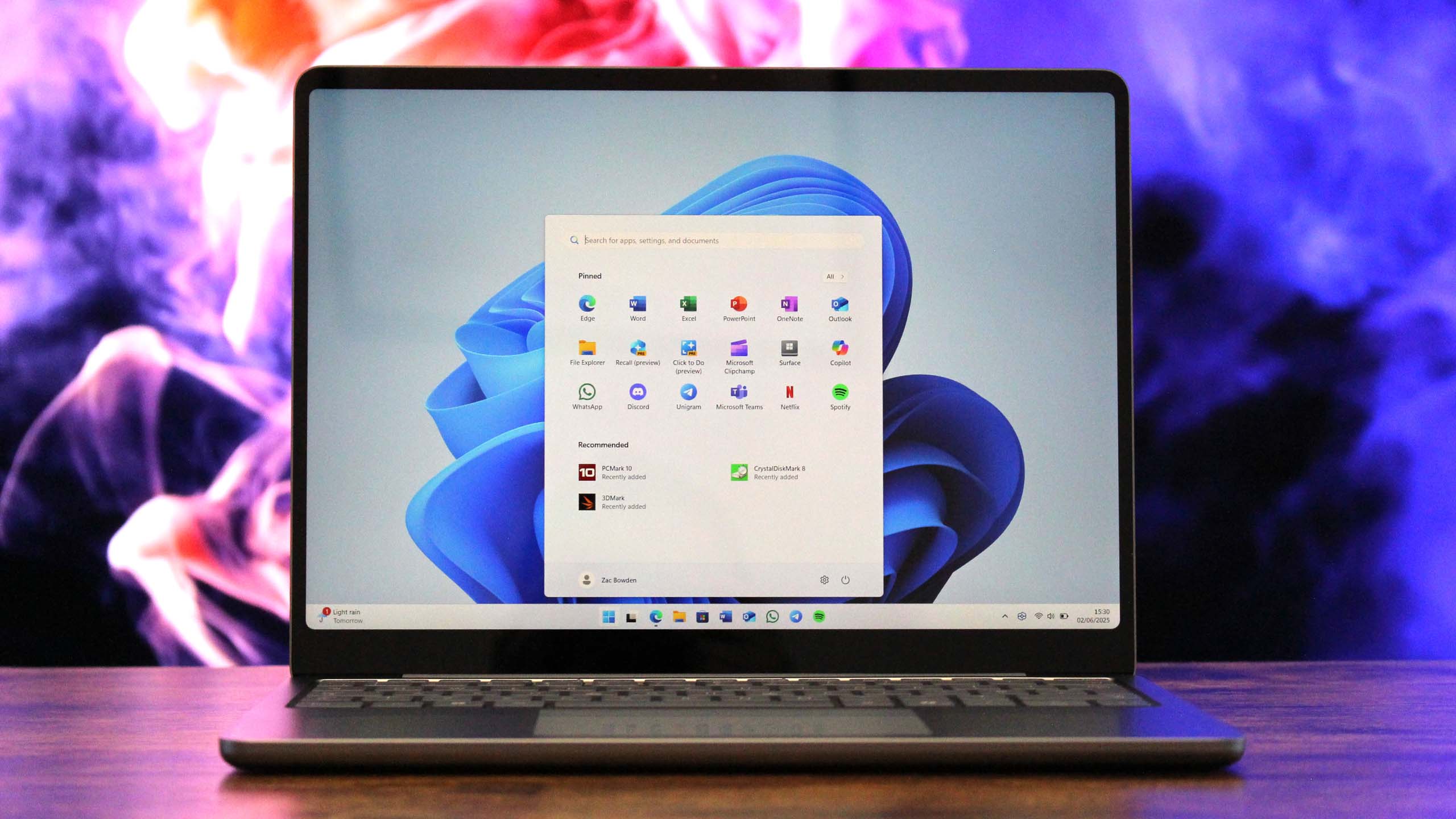With Windows 10 circling the drain, Windows 11 sees a long-overdue surge
Just a few months after passing Windows 10 in market share in the United States, Windows 11 will pass its predecessor in global market share.

Windows 11 is finally set to surpass Windows 10 in global market share. Microsoft's newer operating system has gained steadily on its predecessor, but Windows 11 saw a large jump over the last month.
According to StatCounter, Windows 11 jumped from 43.22 percent of the Windows market share in May to 47.73 percent in June. That increase seems to have come largely at the expense of Windows 10's market share, which fell from 53.19 percent to 48.92 percent over the same period.
Assuming the trend continues, Windows 11 will pass Windows 10 in market share within the next month or so.
Note that those figures are for market share of Windows versions, not desktops overall. All versions of Windows combined for 70.6 percent of the global desktop market share in June. Windows has remained relatively flat in terms of total desktop market share over the last year.
Microsoft has aggressively pushed people toward Windows 11 recently. The tech giant has shown full-screen prompts, released an ad campaign, and is working on a tool to make it easy to migrate data and settings from a Windows 10 PC to one running Windows 11.
The push is in preparation for Windows 10 reaching end of support. The cutoff date for that operating system's support is October 14, 2025. After that date, PCs running Windows 10 will no longer receive support or updates unless people pay extra.
It's normal to see the general public take time to adopt a new operating system. But the shift from Windows 10 to Windows 11 has proven more dramatic than previous upgrade paths.
All the latest news, reviews, and guides for Windows and Xbox diehards.
Microsoft has a strict set of minimum requirements, including the need for a TPM 2.0 module, that prevent millions of PCs from upgrading to Windows 11. As a result, many people will have to run an unsupported version of Windows, pay for support, buy a new computer, or switch to another operating system, such as ChromeOS or Linux.
Windows 11 has some features and capabilities that are not present on Windows 10, but those have been available for quite some time. The sudden jump in Windows 11 market share is likely due to the impending end of Windows 10 support.

Sean Endicott is a tech journalist at Windows Central, specializing in Windows, Microsoft software, AI, and PCs. He's covered major launches, from Windows 10 and 11 to the rise of AI tools like ChatGPT. Sean's journey began with the Lumia 930, leading to strong ties with app developers. Outside writing, he coaches American football, utilizing Microsoft services to manage his team. He studied broadcast journalism at Nottingham Trent University and is active on X @SeanEndicott_ and Threads @sean_endicott_.
You must confirm your public display name before commenting
Please logout and then login again, you will then be prompted to enter your display name.
